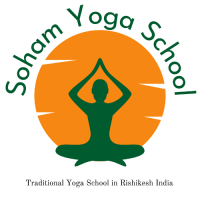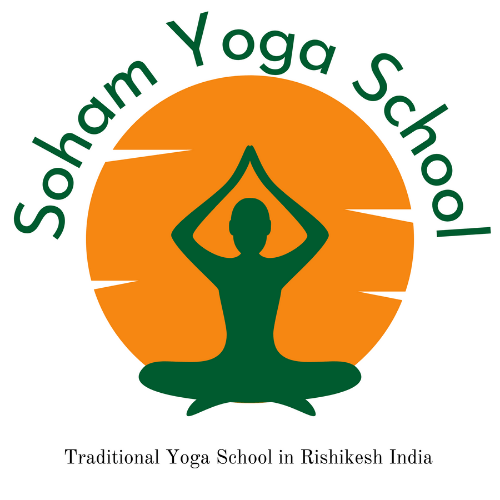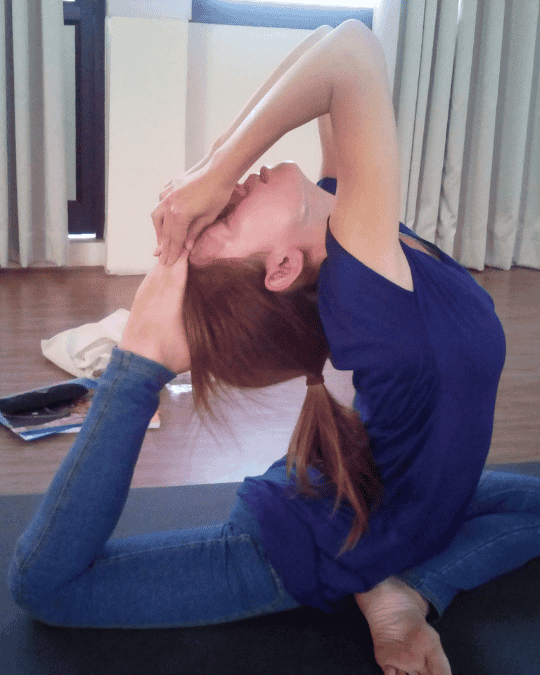
The Soham Yoga School based in Rishikesh offers certified teacher training programs in Hatha and Ashtanga yoga styles which are both accredited by the Yoga Alliance. Each course–from 100 to 500 hours–encourages deep learning and personal development through the teacher training programs which expand into meditation, pranayama, “and” yoga philosophy. The graduates are awarded internationally recognized certifications “together with” advanced knowledge of yoga and comfortable accommodation “as well as” nutritious meals.
Contact Us

Soham Yoga School
Gali no.10, Vishthapit Colony, Nirmal Bagh Block-B, Pashulok, Rishikesh, Uttarakhand 249202

Call / Whatsapp
+91 9760793123


